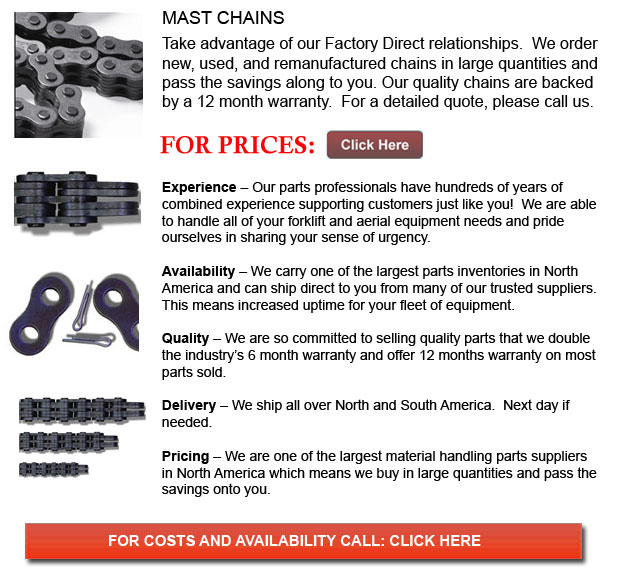
Forklift Mast Chain - Leaf Chains consist of different functions and are regulated by ANSI. They are intended for forklift masts, for low-speed pulling and tension linkage, and as balancers between counterweight and head in several machine gadgets. Leaf chains are sometimes likewise referred to as Balance Chains.
Construction and Features
Leaf chains are actually steel chains with a simple pin construction and link plate. The chain number refers to the lacing of the links and the pitch. The chains have particular features such as high tensile strength per section area, which enables the design of smaller machines. There are B- and A+ type chains in this particular series and both the AL6 and BL6 Series comprise the same pitch as RS60. Lastly, these chains cannot be powered using sprockets.
Handling and Selection
Comparably, in roller chains, all of the link plates maintain higher fatigue resistance due to the compressive stress of press fits, while in leaf chains, just two outer plates are press fit. The tensile strength of leaf chains is high and the maximum allowable tension is low. If handling leaf chains it is important to consult the manufacturer's manual so as to ensure the safety factor is outlined and use safety measures all the time. It is a better idea to apply utmost care and use extra safety guards in functions where the consequences of chain failure are serious.
Higher tensile strength is a direct correlation to the use of more plates. Because the use of a lot more plates does not enhance the maximum allowable tension directly, the number of plates could be limited. The chains require regular lubrication since the pins link directly on the plates, producing a very high bearing pressure. Making use of a SAE 30 or 40 machine oil is frequently suggested for the majority of applications. If the chain is cycled more than 1000 times each day or if the chain speed is more than 30m for every minute, it would wear really fast, even with continual lubrication. Hence, in either of these conditions the use of RS Roller Chains would be a lot more suitable.
AL type chains are only to be utilized under particular situations like where there are no shock loads or when wear is not really a big issue. Make positive that the number of cycles does not exceed 100 on a daily basis. The BL-type will be better suited under other conditions.
The stress load in components would become higher if a chain utilizing a lower safety factor is selected. If the chain is also used amongst corrosive situations, it could easily fatigue and break extremely quick. Performing regular maintenance is important if operating under these types of situations.
The outer link or inner link kind of end link on the chain will determine the shape of the clevis. Clevis connectors or likewise known as Clevis pins are constructed by manufacturers, but the user usually supplies the clevis. A wrongly constructed clevis can decrease the working life of the chain. The strands should be finished to length by the manufacturer. Check the ANSI standard or contact the manufacturer.
![]() Click to Download the pdf
Click to Download the pdf
Forklift Parts
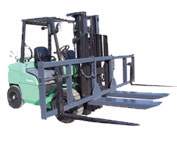
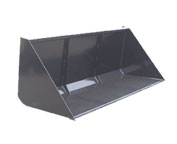
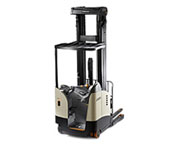
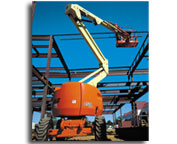
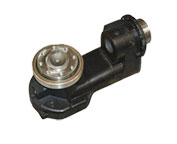
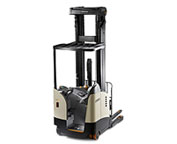
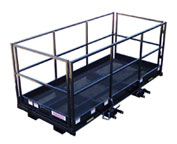
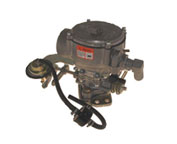
Lift Parts Express
TOLL FREE: 1-888-695-7994
Visalia, California
forkliftpartsvisalia.com
Email Us
About Us


